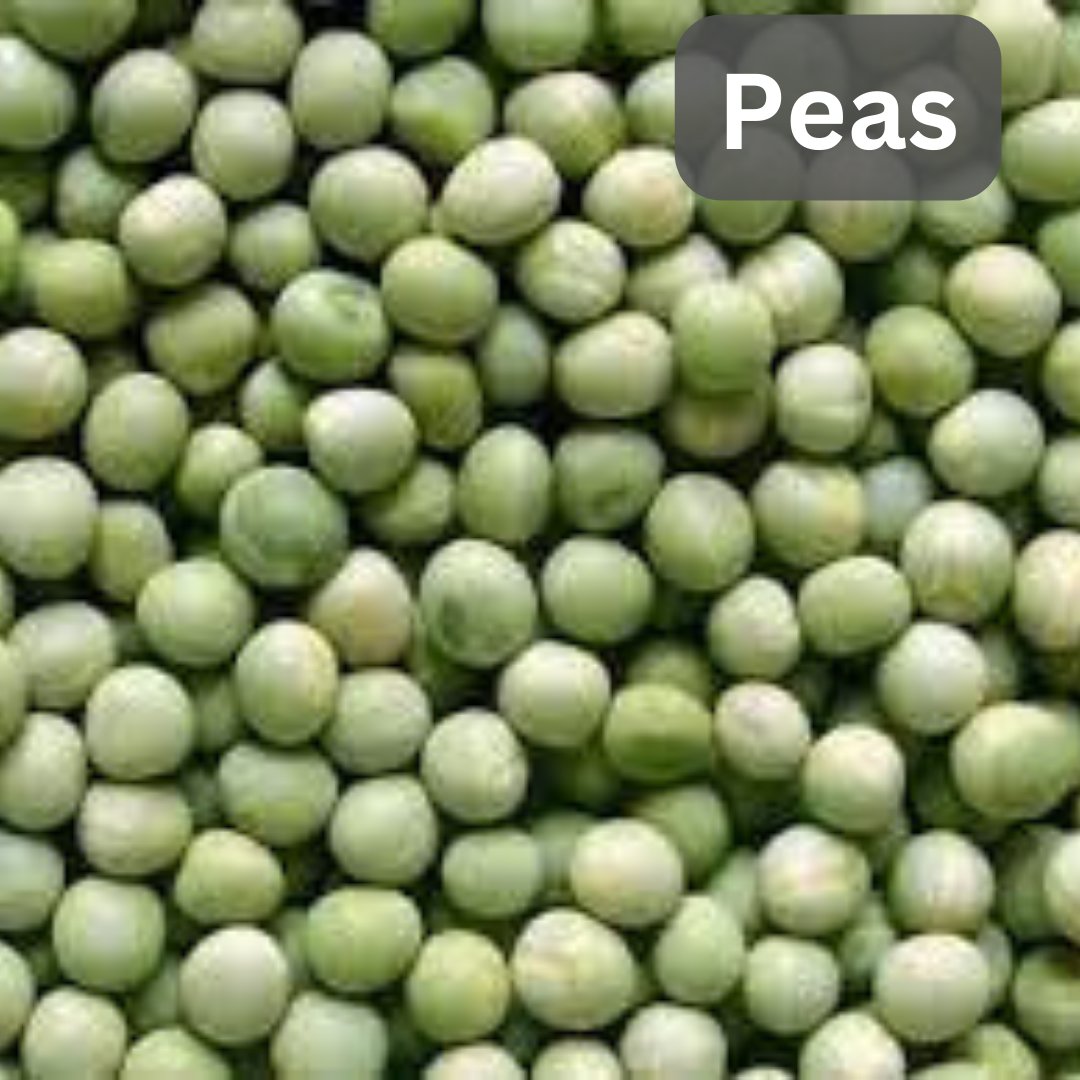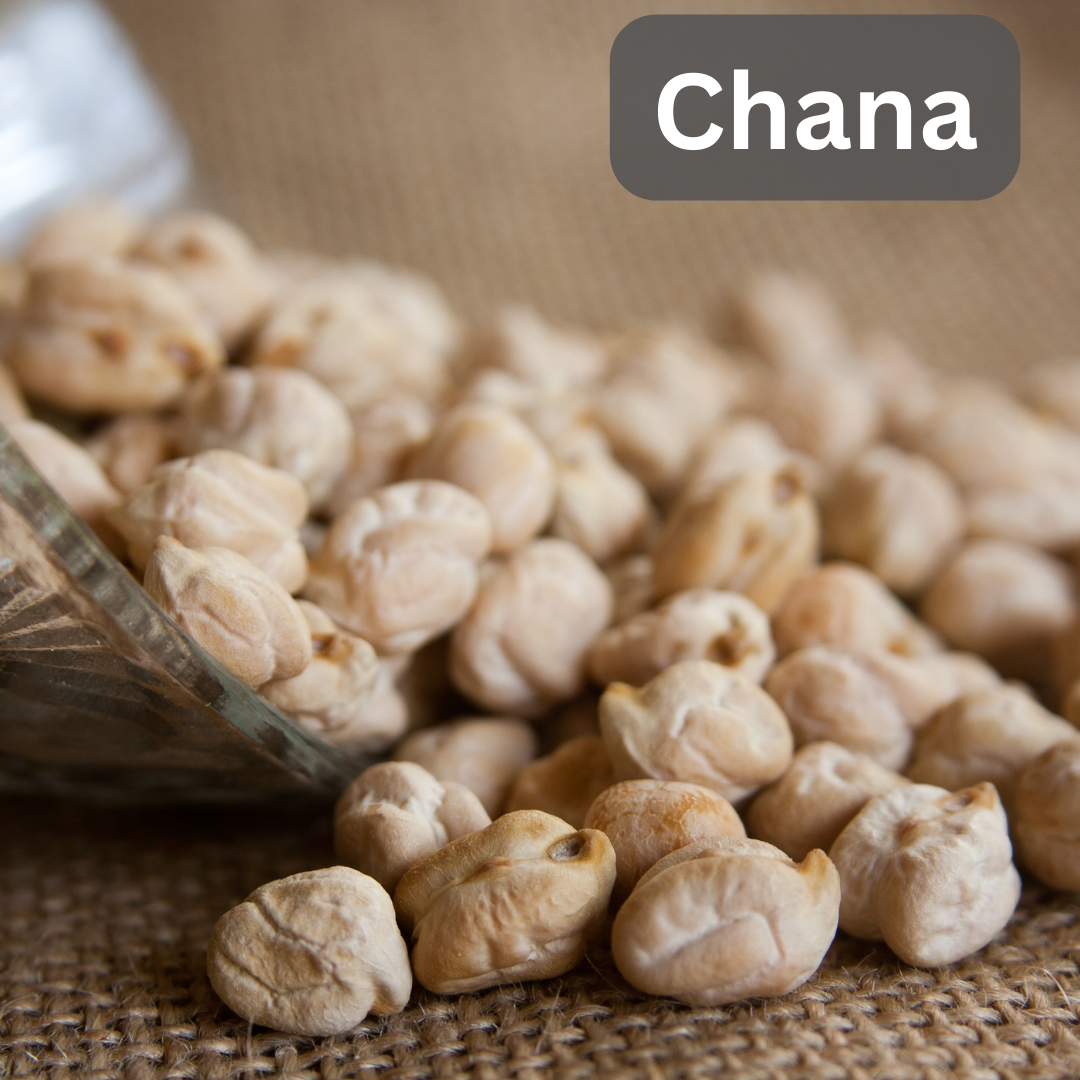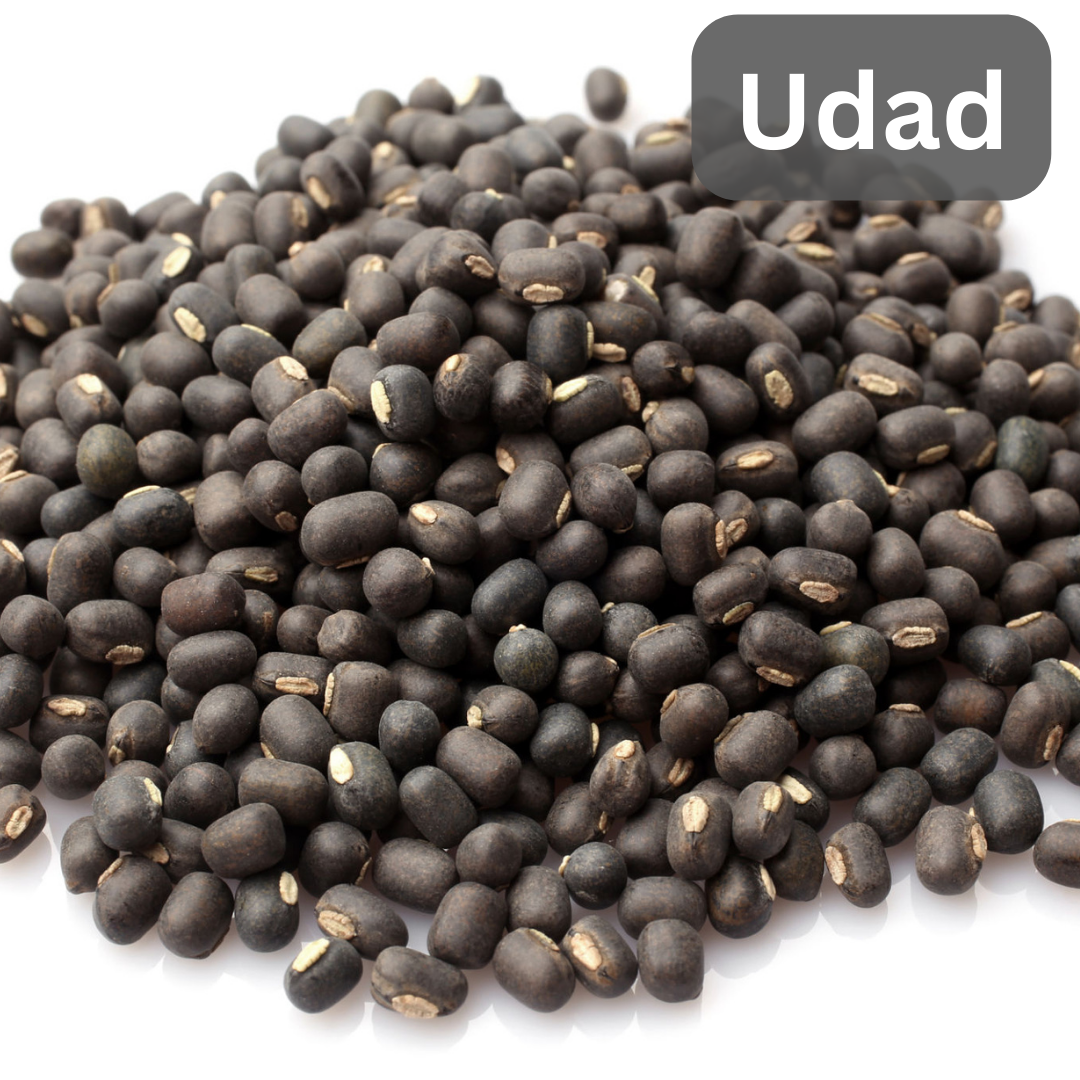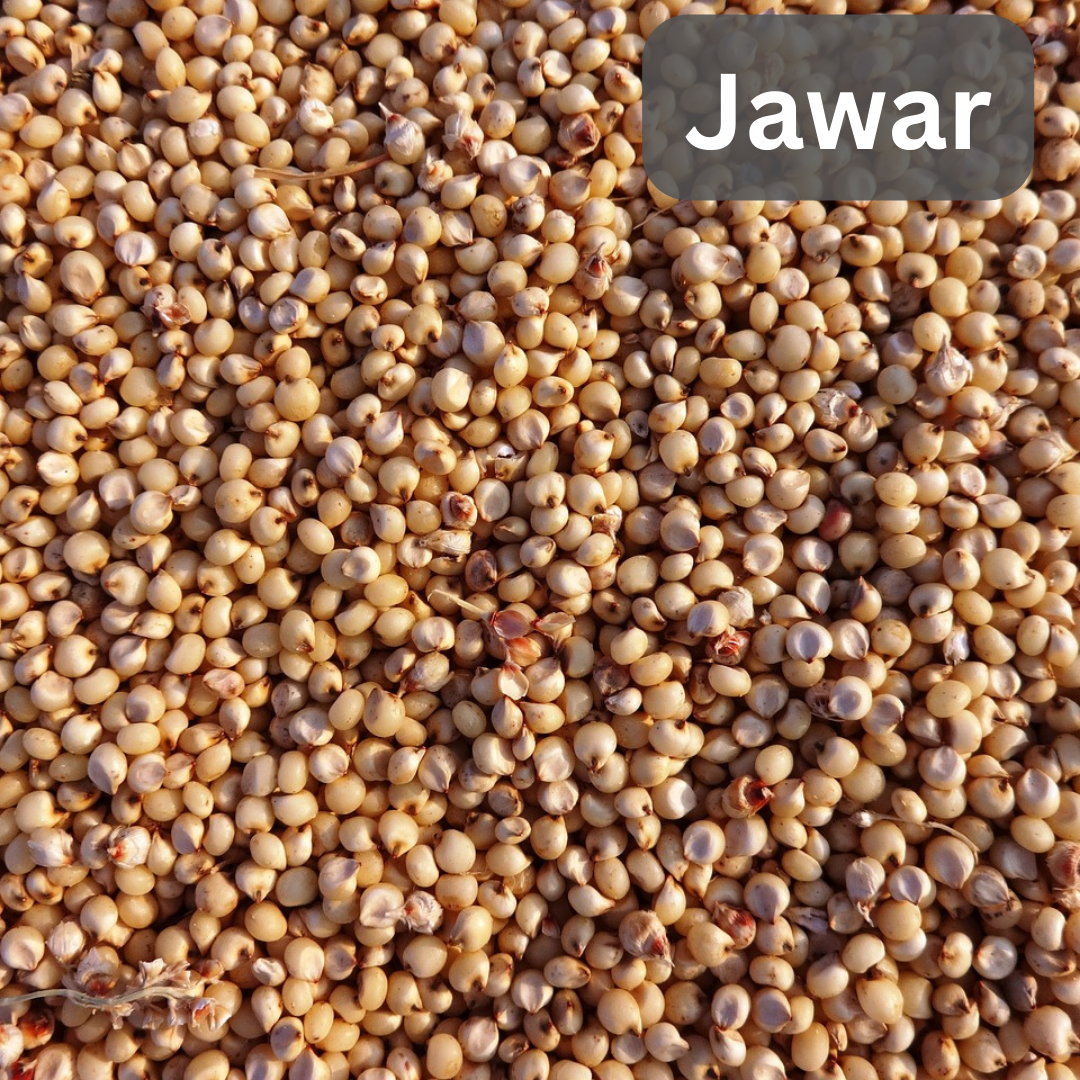Mung beans, also known as green gram or moong dal, are a highly nutritious legume widely cultivated and consumed across the globe. Understanding the quality, uses, and factors affecting mung beans is essential for maximizing their utility and value.
Quality: Quality parameters for mung beans include size, color, moisture content, purity, and absence of contaminants. High-quality mung beans typically have uniform size, vibrant green color, and minimal damage or defects. They should also be free from foreign materials such as stones, dirt, and broken grains. Additionally, mung beans with optimal moisture content ensure better storage stability and cooking quality.
Uses:
- Culinary: Mung beans are a staple ingredient in many cuisines, especially in Asian and Indian cooking. They are used to make a variety of dishes, including soups, stews, curries, salads, and desserts. Mung bean sprouts are also popular as a nutritious addition to salads, sandwiches, and stir-fries.
- Nutritional Supplements: Mung beans are rich in protein, dietary fiber, vitamins (such as folate and vitamin B6), minerals (such as iron, magnesium, and potassium), and antioxidants. They are often consumed as part of a balanced diet to promote overall health and well-being.
- Ingredient in Processed Foods: Mung bean flour and protein isolates are used as ingredients in processed foods, including snacks, baked goods, and plant-based meat substitutes. Their neutral flavor and nutritional profile make them suitable for a wide range of applications in the food industry.
Factors Affecting Quality:
- Growing Conditions: Factors such as soil quality, climate, water availability, and pest management practices influence the growth and development of mung beans. Optimal growing conditions contribute to better yield and quality.
- Harvesting and Post-Harvest Handling: Timely harvesting and proper post-harvest handling practices are critical for preserving the quality of mung beans. Careful drying, cleaning, and storage help prevent mold growth, insect infestation, and physical damage.
- Storage Conditions: Mung beans should be stored in cool, dry, and well-ventilated facilities to maintain their quality during storage. Exposure to moisture, heat, and pests can lead to spoilage and deterioration in quality.
In conclusion, mung beans are a valuable crop with diverse culinary, nutritional, and industrial uses. Understanding the factors affecting their quality and implementing appropriate measures throughout the production and supply chain is essential for ensuring the availability of high-quality mung beans for consumers and industries worldwide





